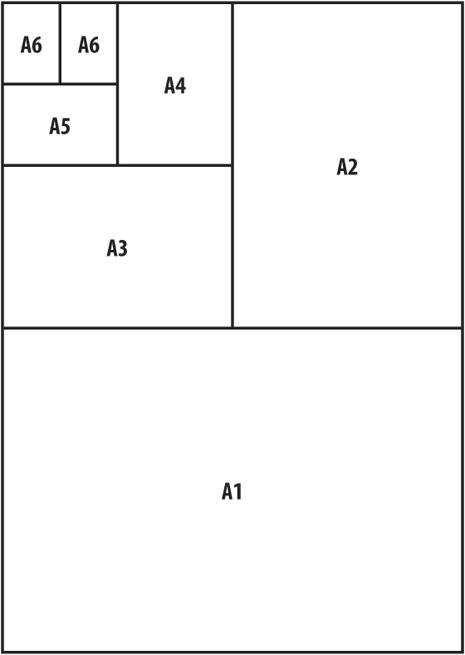Choosing a Page Size
|
For as long as humans have been making printed materials they have been searching for the perfect page aspect ratiothe relationship of width to height. Many books have been written about the quest for the perfect page dimension; without getting into the formulas, here are four commonly used aspect ratios: The Golden Section 1:1.618. This formula is based on the proportions of the human body and is also sometimes expressed as a 3:5 aspect ratio. The Silver Section 1:1.4142 (the square root of 2). ISO paper sizesA4, A3, etc.are all based on this aspect ratio. It's a clever and economical system because it allows you to fold one standard size into another, saving wastage on cutting up to make smaller sizes. You can make brochures by using the next size up. For example, fold an A3 page in two and you have two A4 pages; fold an A4 in two and you have two A5 pages, and so on. The standard US letter size (8.5 x 11 inches) is similar in aspect ratio to an A4 page (8.3 x 11.7 inches), but slightly wider and not quite as tall. Photographic aspect ratio: 1:1.5. This yields sizes such as 4 x 6 inches, 6 x 9 inches, and 8 x 12 inches. Business Card aspect ratio 2:3.5. This is the ratio of most business cards. Its size, and multiples of it, feel familiar. Figure 15.2. ISO Paper Sizes.
|









